Apple iPhones are considered to be among the best in the world, thanks not only to their features and performance, but also to their design, overall functionality and other details. Of course, we have to admit that we would also find a number of shortcomings with them, which are significantly better solved by the competition.
But technological development is constantly moving us forward, thanks to which some gadgets are added and others disappear. In this article, we will therefore shine a light on 5 things that Apple users would most like to keep on their iPhones regardless of the future. On the other hand, we must point out one important thing. Of course, the preferences of individual users may differ. It is therefore important to perceive the fact that one may consider a fact to be an inseparable part of apple phones, while the other would prefer to get rid of it. It is necessary to take this into account.
It could be interest you
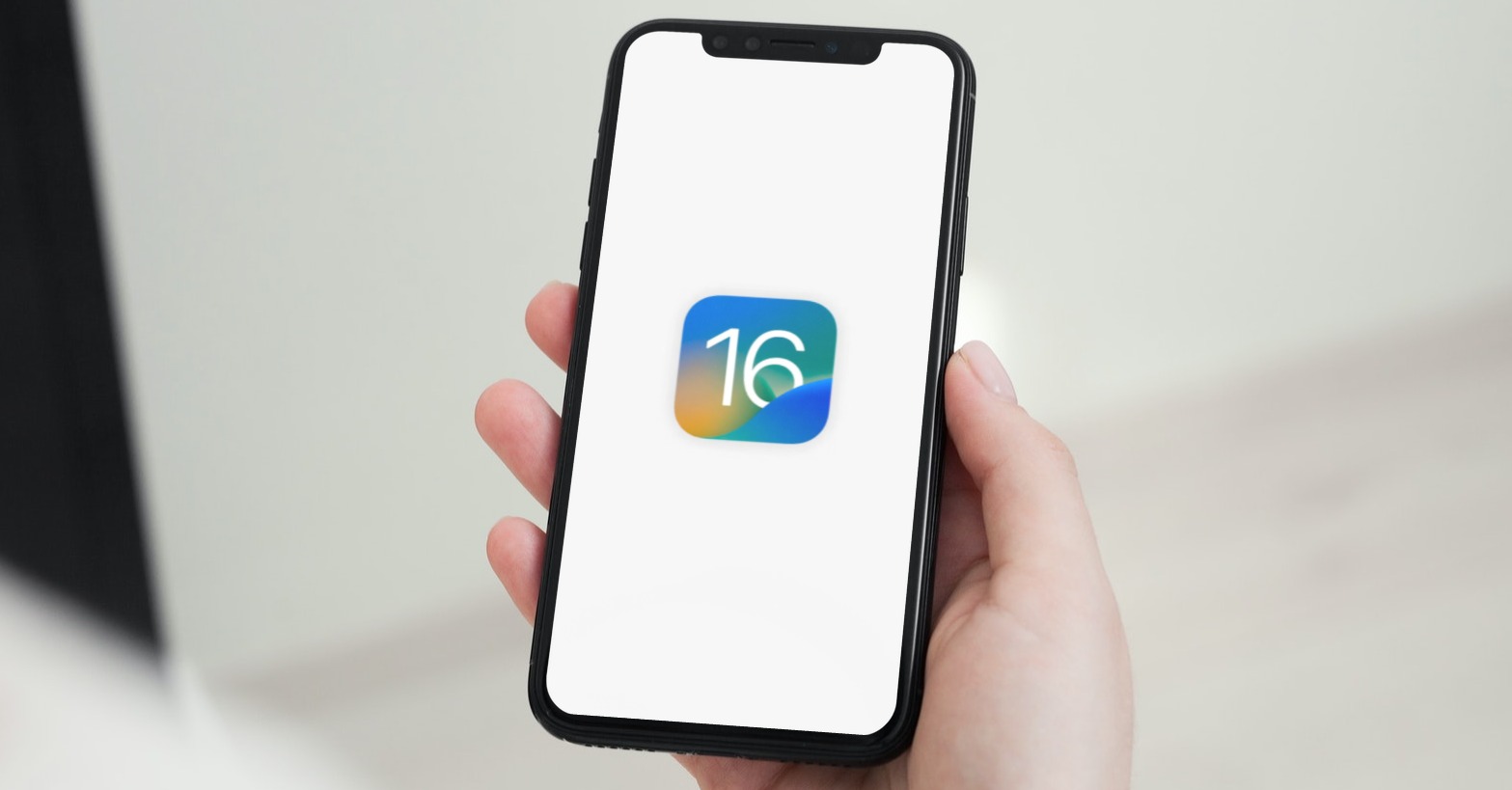
Physical mute button
The iPhone's physical mute button has been with us since the first generation of this Apple phone. During these years, it has become an indispensable part that practically most apple growers have liked. Although this is a complete trifle and trifle, perhaps the most apple lovers of all agree on this answer. However, as we indicated above, it is precisely the little things that create the final whole, and there can be no doubt about this physical button.

For some users, this is such an important element that they were not able to properly switch to the competing Android platform because of it. With such phones, we usually don't find a physical button and everything has to be solved within the operating system. Fans of the competition can therefore boast of better volume managers and more extended options, but unfortunately no longer such a simple element as a physical button for immediate mute.
Button layout
In connection with the aforementioned physical button for muting the device, a discussion was also opened about the overall layout of the buttons. Apple users really appreciate the current design, where the volume buttons are on one side, while the lock/power button is on the other. According to them, this is the best option and they would definitely not want to change it.
In this respect, it will mainly be a matter of habit. Given the size of today's phones, we probably wouldn't be able to adjust the layout in any way, or it would be completely pointless. In this area, we have hope that we will not see a change so soon.
It could be interest you
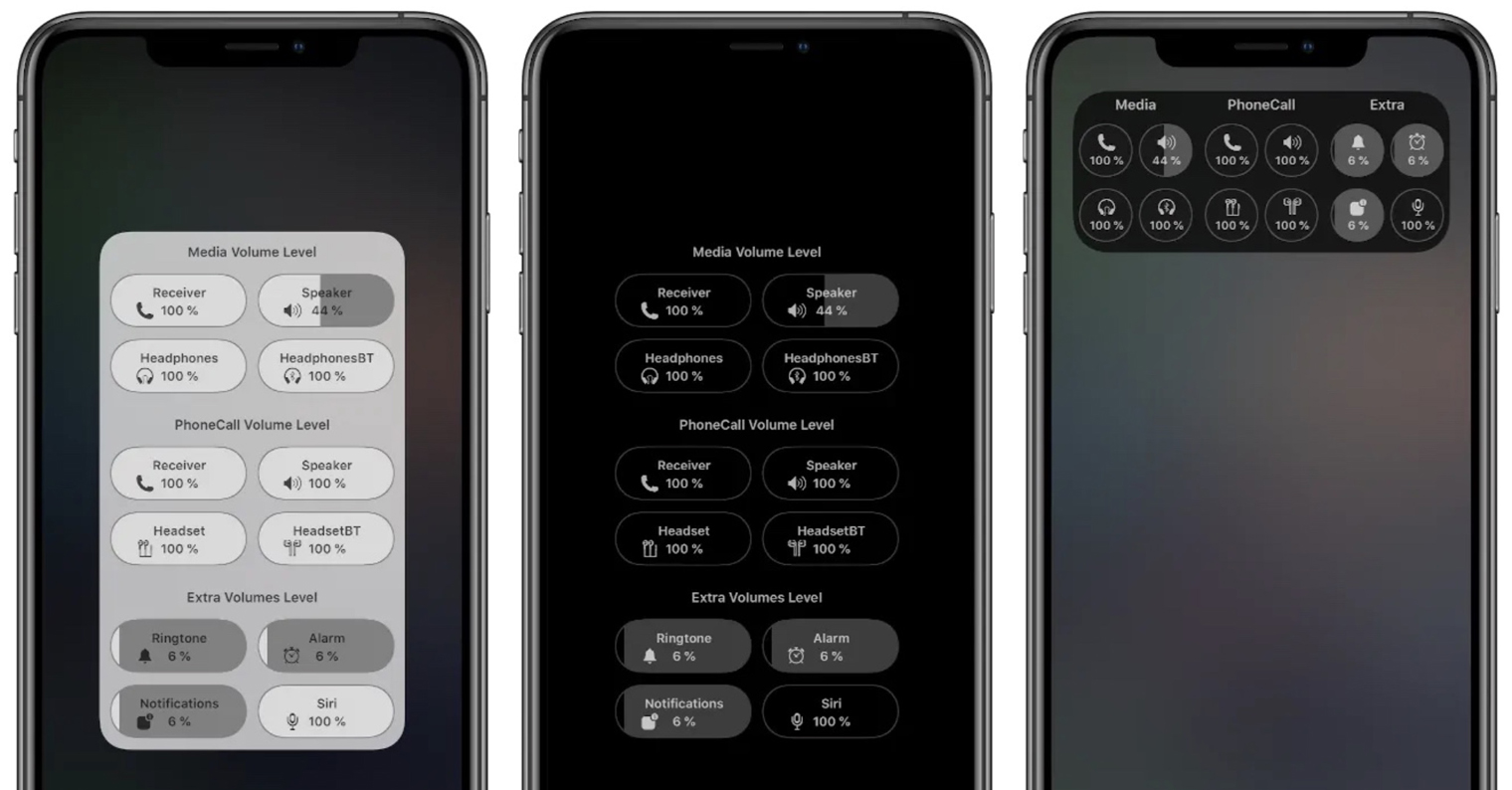
Design with sharp edges
When the iPhone 12 generation came out, Apple fans fell in love with it almost immediately. Years later, Apple abandoned the popular design of rounded edges and returned to its so-called roots, as it seems to have based its "twelves" on the legendary iPhone 4. The iPhone 12 therefore boasted a design with sharp edges. Thanks to this, the newer phones hold much better, while also carrying a better look.
On the other hand, we would come across a second group of apple growers who perceive this change in the complete opposite way. While iPhones with sharp-edged bodies have been warmly welcomed by some, others simply don't sit so well. So in this particular case it depends on the particular user. In general, however, it can be said that enthusiasm for the iPhone 12 design change prevails on the discussion forums.
It could be interest you
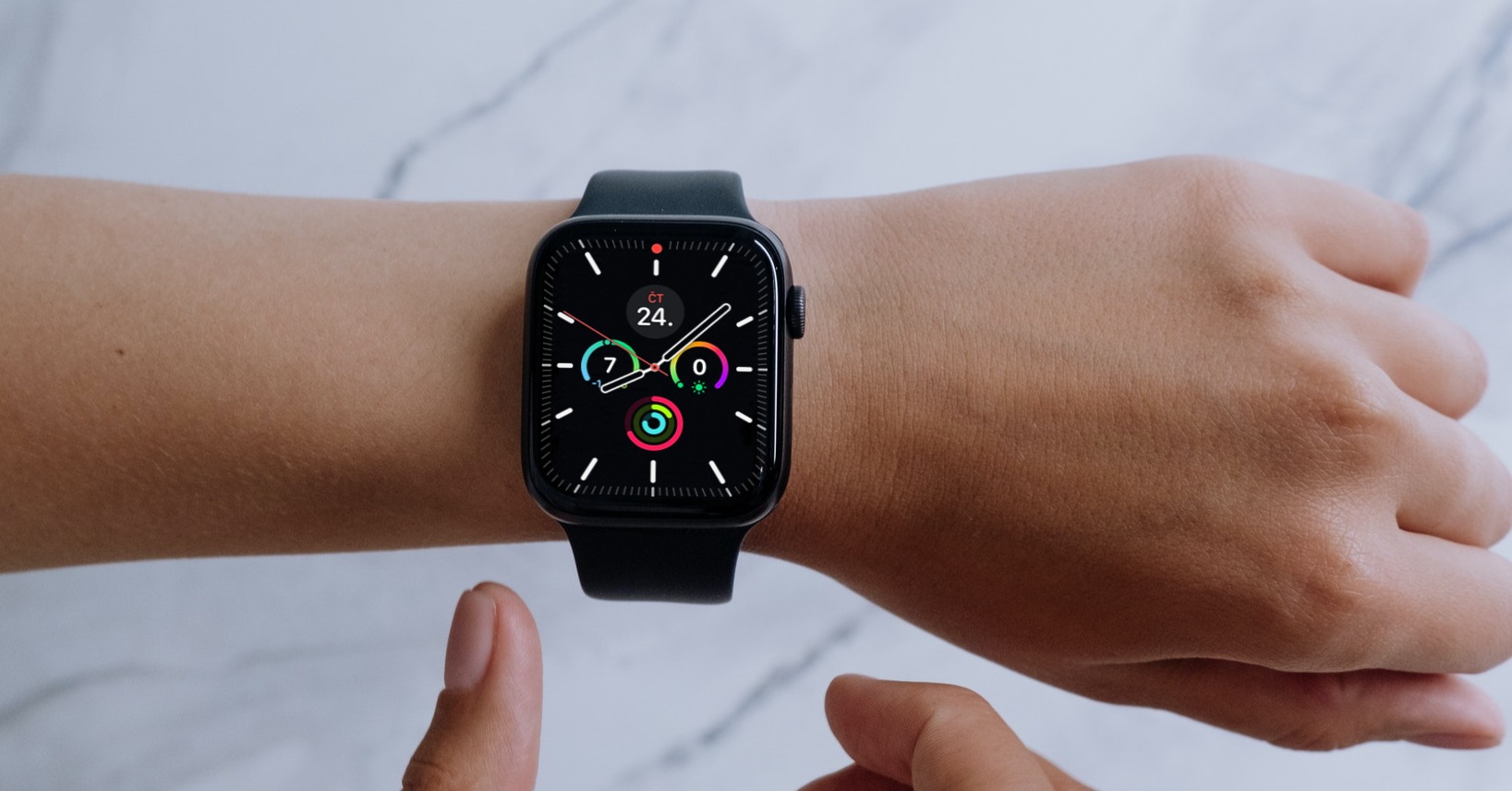
Face ID
In 2017, alongside the iPhone 8 (Plus), Apple introduced the revolutionary iPhone X, which almost immediately gained worldwide attention. This model completely got rid of the side frames around the display, the iconic home button with Touch ID technology and practically came in its purest form, where the display screen covered practically all the available surface. The only exception was the upper cutout. Instead, it hides a TrueDepth camera, which also includes components for Face ID technology.
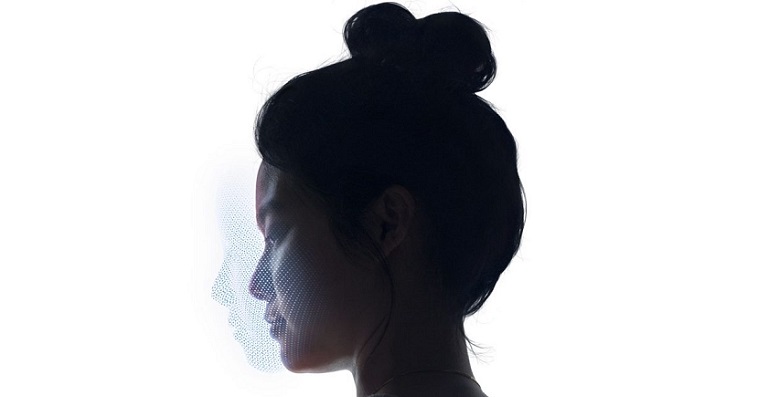
It was Face ID that replaced the former Touch ID, or fingerprint reader. Face ID, on the other hand, performs biometric authentication based on a 3D scan of the face, onto which it projects 30 points and then compares them with previous records. Thanks to advanced hardware and software, it also gradually learns what a particular apple tree actually looks like, how its appearance changes, and so on. In addition, Face ID is supposed to be a safer and faster method that most users fell in love with very quickly and would definitely not want to give it up.
Taptic Engine: Haptic feedback
If there's one thing the iPhone is two steps ahead of, it's definitely haptic feedback. It is extremely natural, moderate and simply looks great. After all, the owners of phones from competing brands also agree on this. Apple achieved this by placing a specific component called the Taptic Engine directly in the phone, which ensures that popular haptic response with the help of vibration motors and good connectivity.
It could be interest you
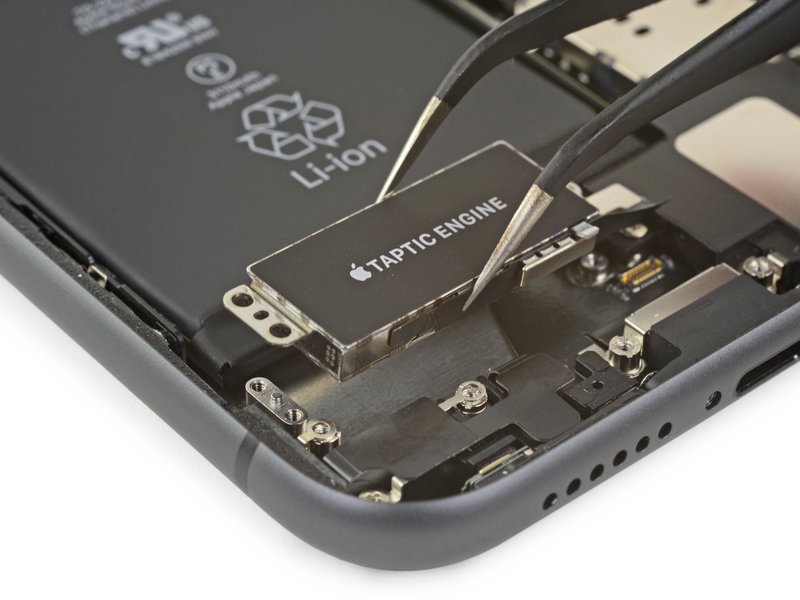
Honorable mentions
At the same time, let's look at the whole topic from a slightly different angle. If we had asked ourselves the same question years ago, we would probably have found answers that may seem absurd today. Until relatively recently, a 3,5mm audio jack connector was an inseparable part of practically every phone. But it disappeared with the arrival of the iPhone 7. Although some Apple users rebelled against this change, other phone manufacturers gradually decided to take the same step. We could also mention, for example, 3D Touch. It was a technology that allowed the iPhone display to respond to the force of the press and work accordingly. However, Apple eventually abandoned this gadget and replaced it with the Haptic Touch function. On the contrary, it reacts to the length of the press.
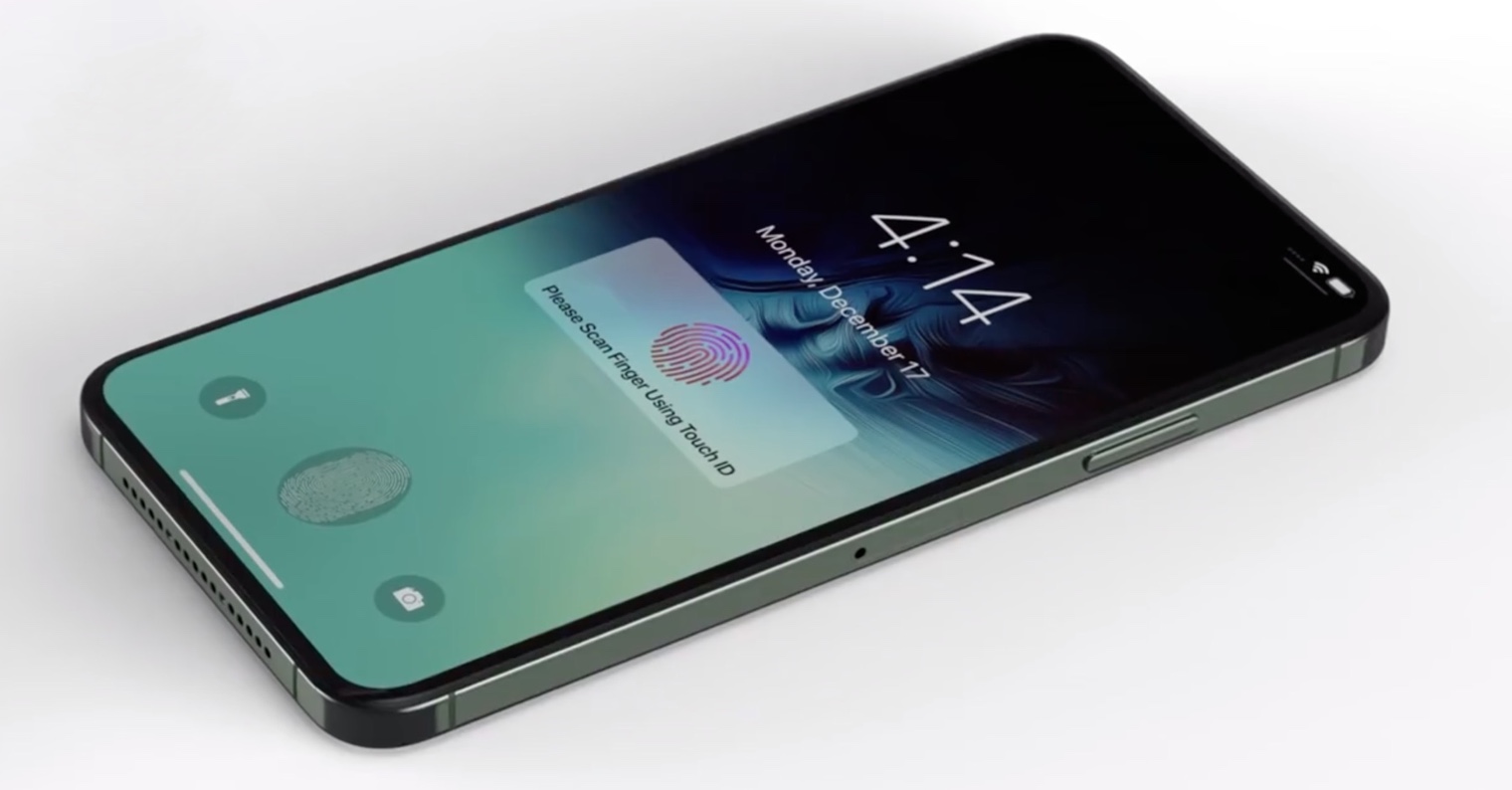
The most debatable feature that we probably wouldn't have wanted to lose years ago is Touch ID. As we mentioned above, this technology was replaced in 2017 by Face ID and today only persists in iPhone SE. On the other hand, we still find a fairly large group of users who would welcome the return of Touch ID with so-called all ten.
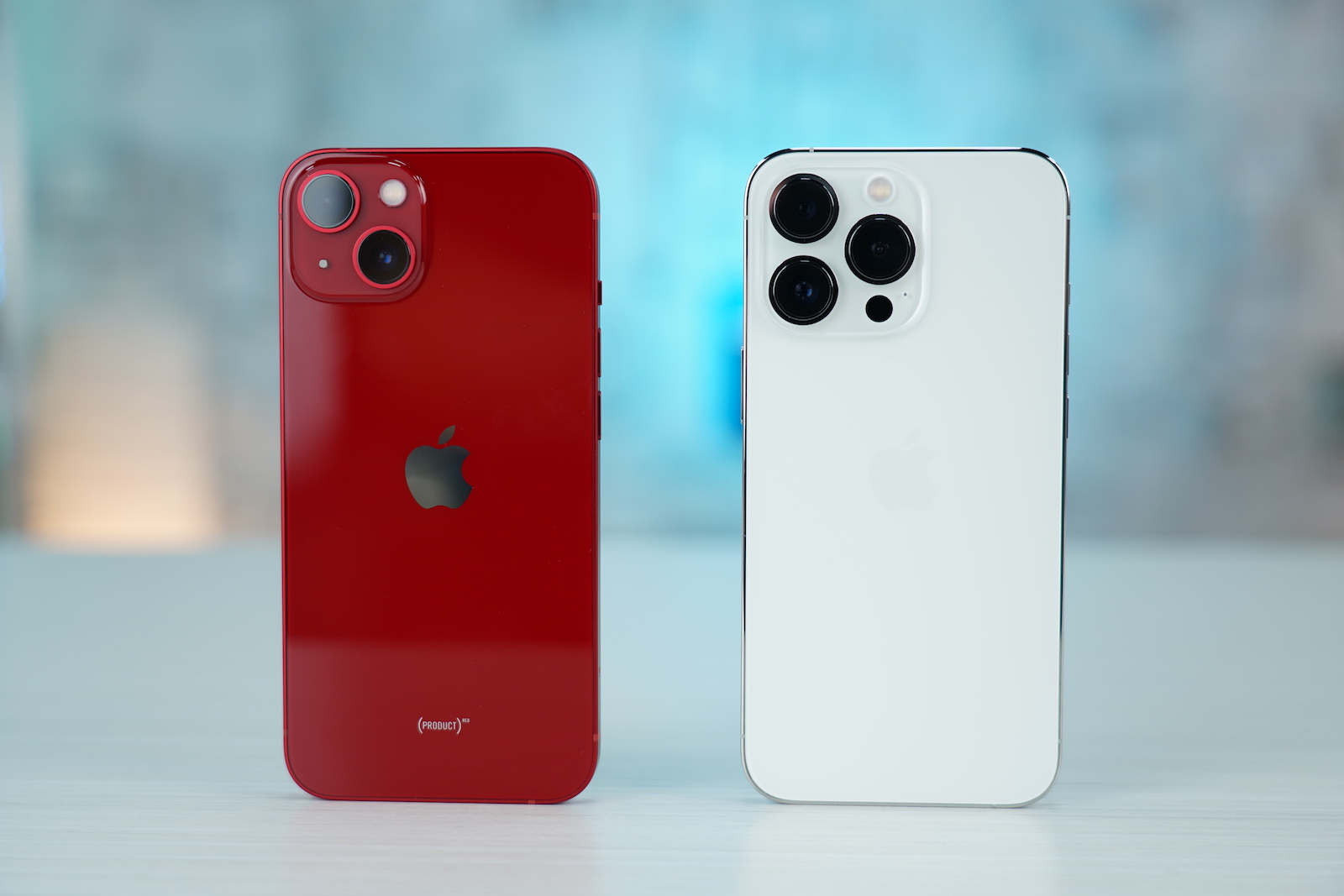
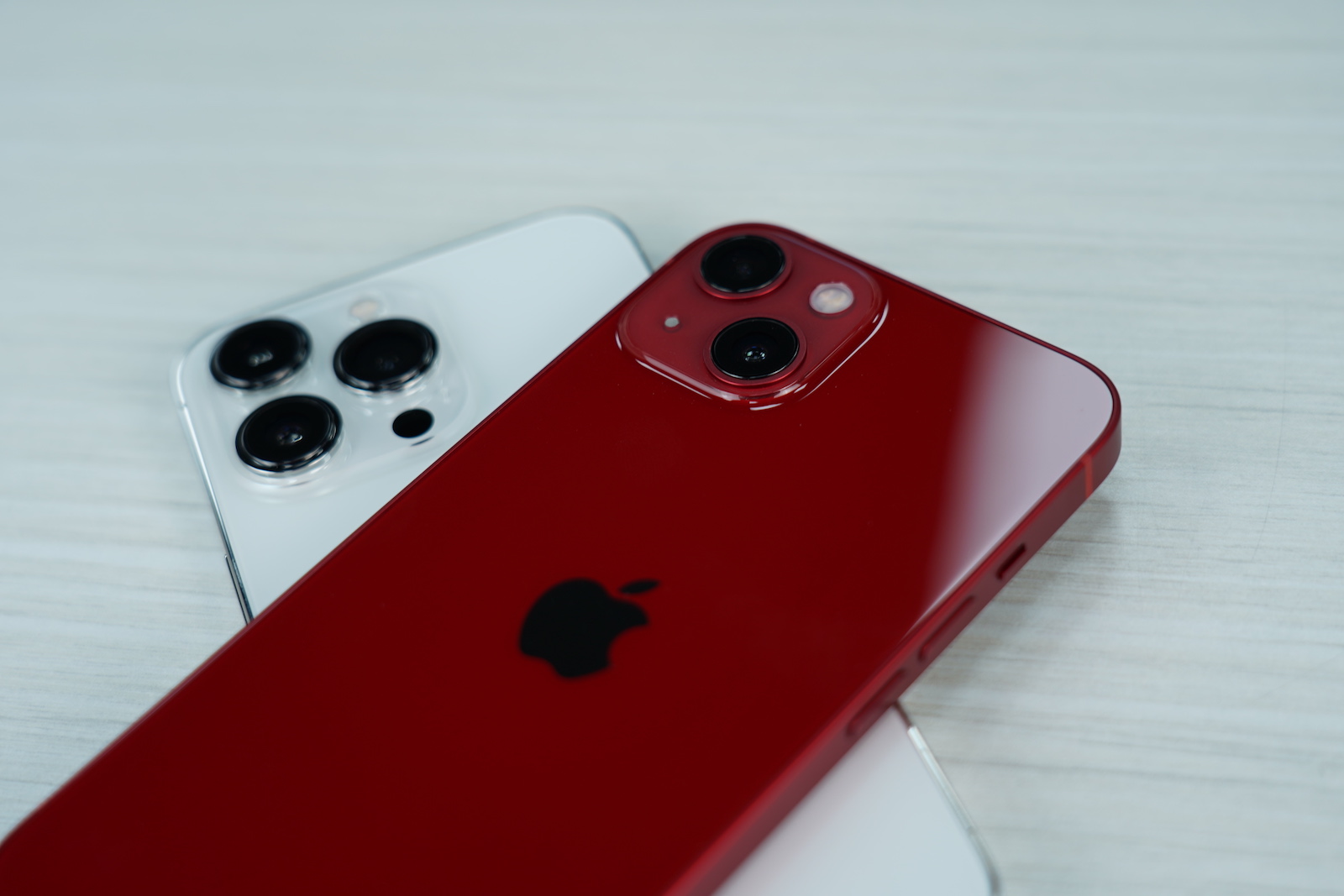
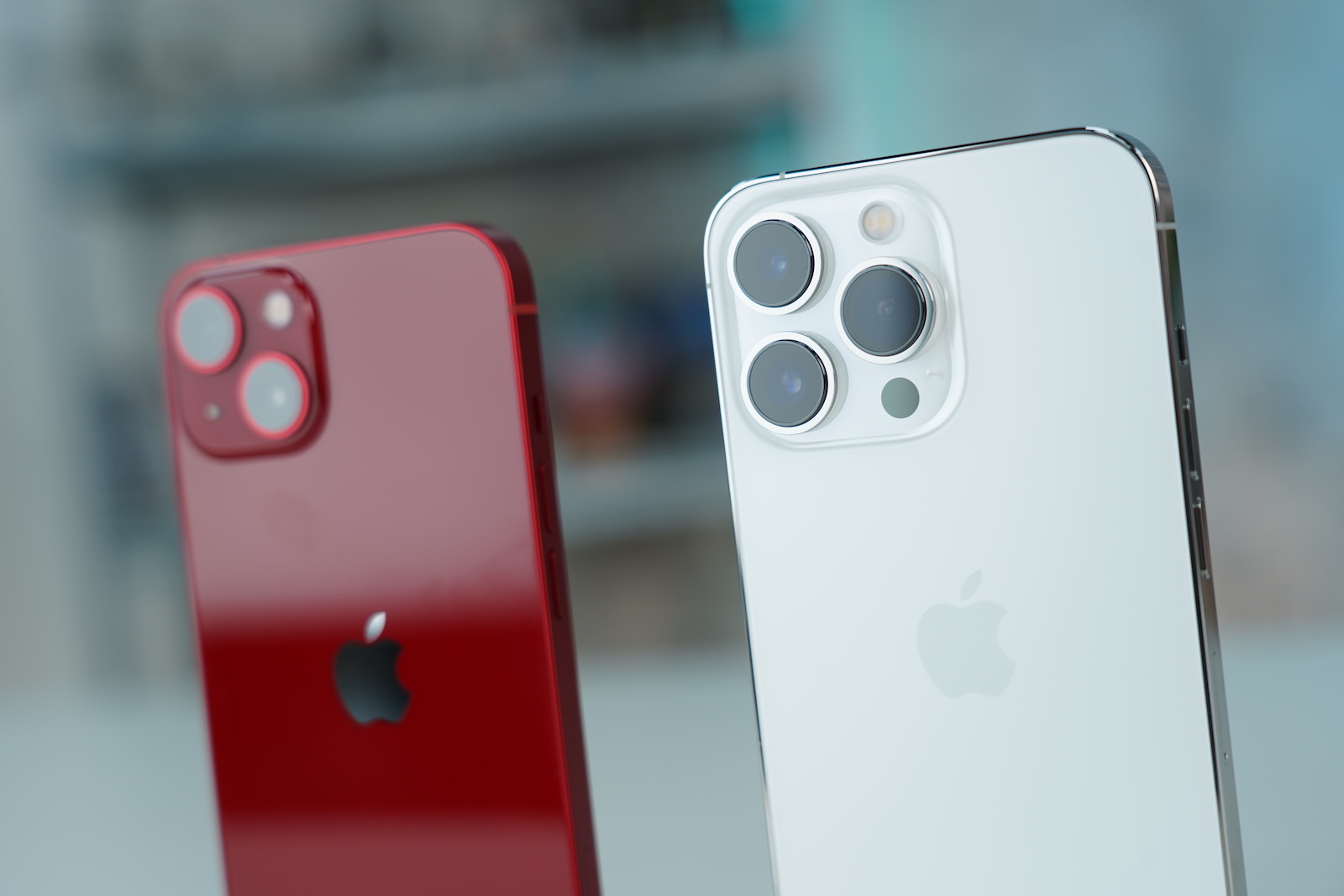
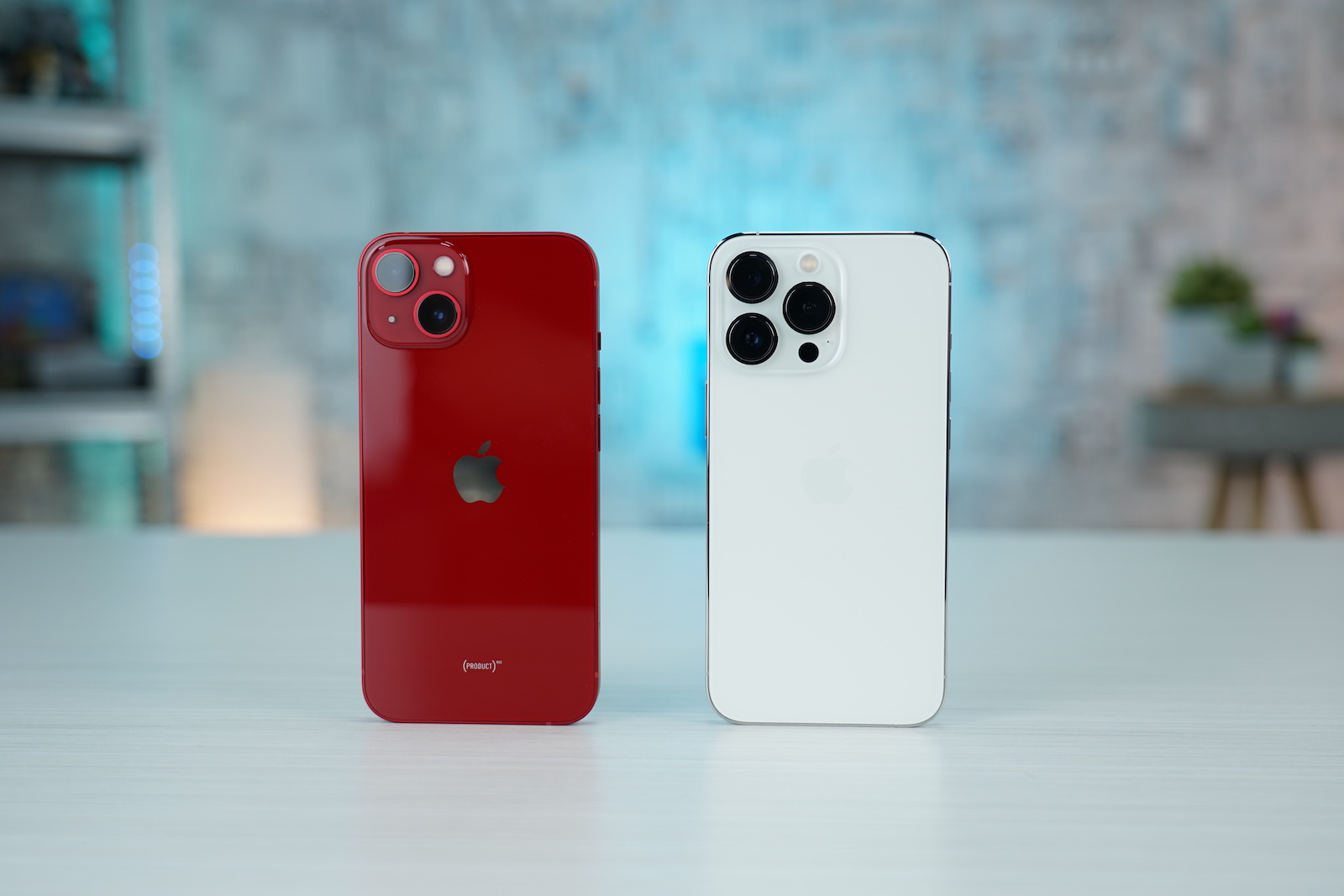
God, those sharp edges turn me on beyond belief. The iP13 Pro holds up really badly compared to my former iPX.
Well, it was more of a marketing move by Apple, remove the 3.5 jack, after all, they can sell more wireless Airpods. Personally, I had Airpods Pro and the sound wasn't great, they stuck out of my ears in a disgusting way, so I sold them. Now I have a reduction to a 3.5 jack and I'm satisfied, plus I don't have to worry that my headphones will run out or that the battery will die. I loved the 3D touch, it was great, they copied the taptic from Android like a bunch of other things! If it wasn't for Android, Apple can go sliding and we still have the woefully outdated iOS!
Well, it was more of a marketing move by Apple, remove the 3.5 jack, after all, they can sell more wireless Airpods. Personally, I had Airpods Pro and the sound wasn't great, they stuck out of my ears in a disgusting way, so I sold them. Now I have a reduction to a 3.5 jack and I'm satisfied, plus I don't have to worry that my headphones will run out or that the battery will die. I loved the 3D touch, it was great, they copied the taptic from Android like a bunch of other things! If it wasn't for Android, Apple can go sliding and we still have the woefully outdated iOS!
I just hope that the current closure and thus the security and reliability associated with it will remain. I really don't want there to be another payment option besides Apple Pay, and I don't want another store or, God forbid, sideloasing.
The sharp edges on the ip 13 really piss me off, in fact the whole phone really pisses me off when I compare it to the previous 11
The physical switch is probably great, but thanks to AW I have silent mode all the time. Rather, Apple should really focus on doing a better job with sound profiles.
Overall, the system would benefit from taking something from Android regarding settings, etc.
And sharp edges? Thank God for them. I hope they stay as long as possible. I don't even have to deal with USB-C cables and that's great.